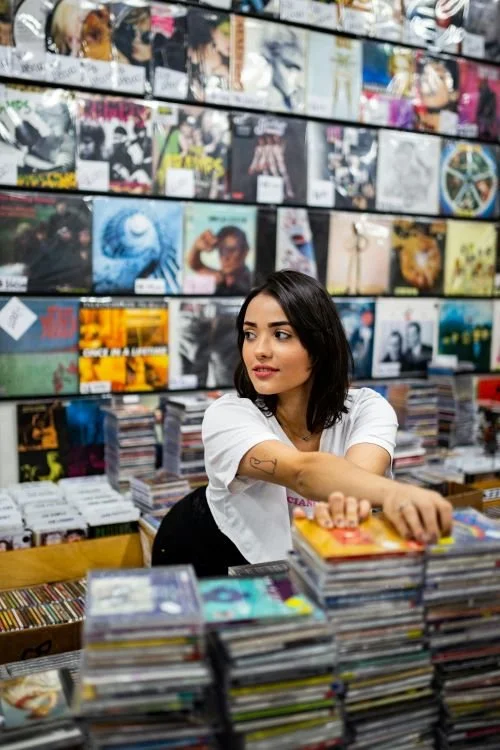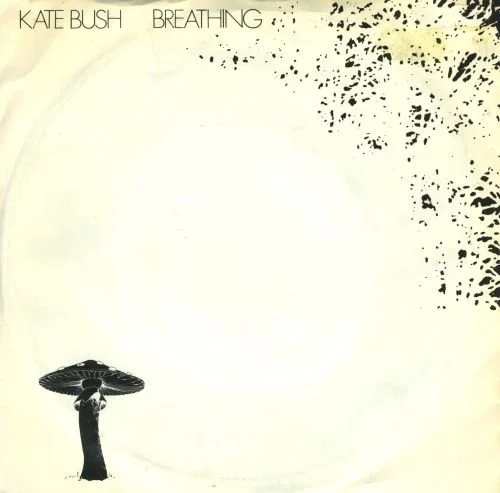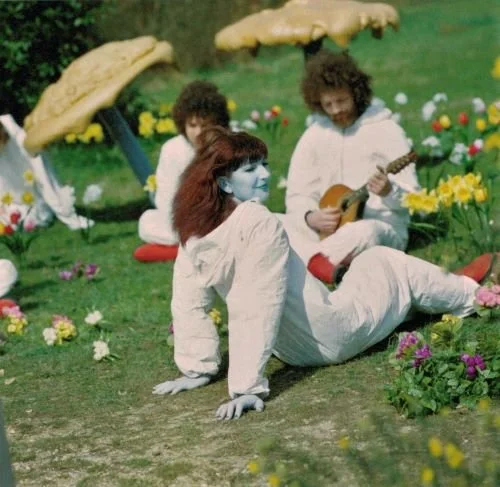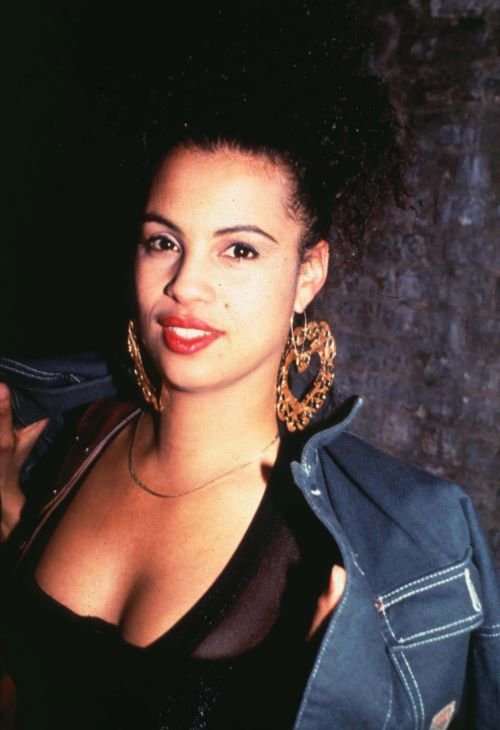FEATURE:
Chain Reaction
The influence and Legacy of An Icon: Diana Ross At Eighty
_________
ON 26th March…
we mark the eightieth birthday of Diana Ross. One of music’s most iconic and important artists, she has influenced so many other artists. I am going to end with a playlist featuring some of her best tracks. As a solo artist and part of The Supremes, she has been responsible for some of the greatest songs ever released. I am going to include another playlist of songs from artists who have been influenced by Diana Ross. Whether explicitly mentioning her or music that reminds you of Ross, there is no doubt that the Detroit-born legend has made a huge impact on music. Before getting to get legacy and influence, here is some biography about one of the most distinct artists ever. Someone who is adored around the world:
“Diana Ross defines an icon. A national treasure with a magnificent legacy that has changed the course of music history and popular culture. Ms. Ross is a creator of life, an alchemist of an unprecedented career that has made her the most successful recording artist and entertainer of all time.
In 2021, Diana Ross does it again, bringing the world together with the release of a new album titled Thank You. “This collection of songs is my gift to you with appreciation and love. I am eternally grateful that I had the opportunity to record this glorious music at this time. As I walk my path, you are in front of me, we are one. These songs are from my heart and it brings me such joy to share them from me to you. I would like to thank everyone who participated in the making of these recordings and those that inspired me to create ‘Beautiful Love’ memories.”
Ms. Ross co-wrote, produced and masterfully curated the album with songs of collective spirit and togetherness.
Her dream began as a young girl in the North End section of Detroit. In a city where she would help to create a national cultural movement and become the premiere artist at the renown Motown Records. Her extraordinary journey from the leader of The Supremes to her solo career has inspired and empowered countless musicians, artists, celebrities, and young dreamers.
The Diana Ross magic has touched music, fashion, stage, film, and TV. Ms. Ross’ international achievements were acknowledged by the prestigious Kennedy Center Honors in Washington D.C. (2007). The National Academy of Recording Arts & Sciences bestowed its highest honor, The Grammy Lifetime Achievement Award, in 2012.
Her portrayal of Billie Holiday in the classic film Lady Sings the Blues produced an Oscar nomination and a Golden Globe Award. Starring as an aspiring designer in the 1975 romantic comedy Mahogany, the role was a perfect opportunity to personally sketch and design all the fashion in the timeless film.
As a stage actress, she won Broadway’s top honor with a Tony Award for her one-woman show, An Evening with Diana Ross. The same show was later broadcast as an award-winning network television special.
In 2017, the American Music Awards presented Ms. Ross with the Lifetime Achievement Award. In 1993, she earned a Guinness World Record for her success in the United States and United Kingdom by having more hits than any other female artist on the charts with a career total of over 75 hit singles.
Additional career milestones include: Induction into the Rock & Roll Hall of Fame, The Songwriters Hall of Fame, National Academy of Recording Arts & Sciences Hero Award, NAACP Entertainer Award, Billboard’s Female Entertainer of the Century Award, and The Soul Train Legend Award. Ms. Ross is also one of the few celebrities to have two stars on the Hollywood Walk of Fame.
Her voice, described as “honey” and “angelic,” has over 100 million streams, downloads and sales around the world.
In what has been described as one of the greatest live concert performances, Diana Ross drew a crowd of over 800,000 people to New York’s Central Park on July 21 & 22, 1983. Soon after the show began on July 21, pouring rain and heavy wind threatened to put an end to the show, but she pushed on for much of the set, urging the drenched crowd to remain calm and stay with her. Eventually the storm put an end to the performance, but not before she promised her fans that she would return the next day. True to her word, she performed the entire concert again on July 22nd for the people of New York City.
“As you hear my voice, you hear my heart. ‘Let Love Lead the Way.’ I am so happy to have music as a part of my life. For the many moments of traveling and singing songs to you and loving you, I am so, so grateful. Thank You for all the blessings in my life that you have given me. I have always felt your beautiful love. Thank you to my children and all my family. Thank you to all those that have made this incredible journey possible”.
Even if you have not heard a lot of Diana Ross’ solo work, I know you will recognise her work with The Supremes. One of the prominent Motown groups and a true powerhouse force, Ross was a member with them from 1959–1970 in 1983 and 2000. Albums such as 1965’s More Hits by The Supremes show just what a formidable unit The Supremes were. Undoubtably influencing generations of artists, her impact goes beyond the music. In terms of her style and the visual aspect. Hugely important here. The first article I want to bring in discusses Diana Ross and her timeless artist:
“Beyond her musical talents, Diana Ross captivated audiences with her impeccable sense of style and glamorous fashion choices. She understood the power of visual presentation and utilised it to enhance her artistic image. From stunning stage costumes to red carpet ensembles, Ross exuded elegance and sophistication, becoming a fashion trendsetter.
Her performances were not just musical experiences; they were visual spectacles. Diana Ross’s stage presence was electrifying and her fashion sense played a crucial role in creating a complete artistic package. Her bold fashion statements, including glamorous gowns, extravagant jewellery and iconic hairstyles not only complemented her artistic image but also influenced fashion trends of the time.
Diana Ross’s fashion choices were an extension of her artistry, reflecting her confidence, individuality and creative spirit. She effortlessly merged music and fashion, using visual elements as an integral part of her artistic expression. Diana Ross’s iconic style continues to inspire contemporary music artists to this day.
I timelessly captured Diana Ross in my By Kerwin pop art painting – created in my signature Jackson Pollock-inspired, action painted style. My painting sees her painted in purple colour scheme; I chose purple as this best represents the elegance, sophistication and musical royalty that she is known for. My Diana Ross prints are available in various sizes from £35, with fast worldwide delivery.
DID YOU KNOW?
My Diana Ross pop art painting was featured in Closer and Heat magazines in 2022? It was included as part of a feature on Black Pound Day 2022 – read the article feature here.
DIANA ROSS’ LEGACY AND CULTURAL IMPACT: INSPIRING GENERATIONS
Diana Ross’s influence extends far beyond her chart-topping hits and iconic fashion sense. She broke barriers for African-American artists in the music industry, paving the way for future generations. Diana Ross’s success as a black woman in a predominantly white industry served as an inspiration to aspiring artists, highlighting the power of talent, determination and resilience.
Her artistry and activism continue to inspire countless musicians, actors and performers, leaving an indelible mark on popular culture. Diana Ross’s impact on the LGBTQ+ community is particularly noteworthy. Her anthems of love, self-empowerment and resilience – such as “I’m Coming Out” and “Ain’t No Mountain High Enough” – have become anthems of liberation and acceptance. Diana Ross’s unapologetic embrace of her own identity has made her an icon for the LGBTQ+ community, fostering a sense of belonging and celebration.
Moreover, Diana Ross’s philanthropic efforts have made a significant impact on society. Throughout her career, she has been an advocate for various charitable causes, including the fight against AIDS, children’s health and education. Ross’s commitment to using her platform for positive change reflects her deep understanding of the power of art to transform lives.
CONCLUSION
Diana Ross’s artistic image is a testament to her unparalleled talent, versatility and enduring impact on the music industry. From her early days with The Supremes to her solo career and beyond, she has consistently captivated audiences with her enchanting voice, sophisticated style and unwavering grace.
Diana Ross’s journey from Motown sensation to solo superstar exemplifies the power of reinvention and artistic evolution. Her ability to adapt to changing musical landscapes while staying true to her unique style sets her apart as a true visionary. Ross’s captivating stage presence, fashion choices and vocal prowess have solidified her as an icon, inspiring generations of artists to follow in her footsteps. Diana Ross has even been captured in pop art style by Andy Warhol for her 1982 Silk Electric album cover (before much later being painted in my own By Kerwin pop art style!).
HER ONGOING LEGACY
Beyond her musical achievements, Diana Ross’s influence transcends the boundaries of the industry. Her legacy as a trailblazer for African-American artists and her support for social causes demonstrate the depth of her impact on society. Diana Ross continues to be a beacon of inspiration and a symbol of strength and resilience, reminding us that true artistry goes beyond the music; it touches hearts, breaks barriers and shapes culture.
In a world where artistic images come and go, Diana Ross’s enduring appeal stands as a testament to the timelessness of her artistry. Her legacy will continue to inspire and empower. She reminds us that true greatness is not measured by fleeting trends but by the lasting mark left on the hearts and minds of generations to come”.
This is another article that I think people should read. I think I will actually wrap it up now. On 26th March, the world marks the eightieth birthday of the one and only Diana Ross. I am getting in a bit early and casting ahead. It is a big occasion, as there is no doubt Diana Ross is an artist so many owe a debt to. Constantly inspiring and empowering, it is amazing to think that she is still releasing music. Thank You arrived in 2021. Let’s hope that we get even more music from this icon! I am going to end with a playlist of her music solo and with The Supremes to show just how…
AMAZING she is.










































































